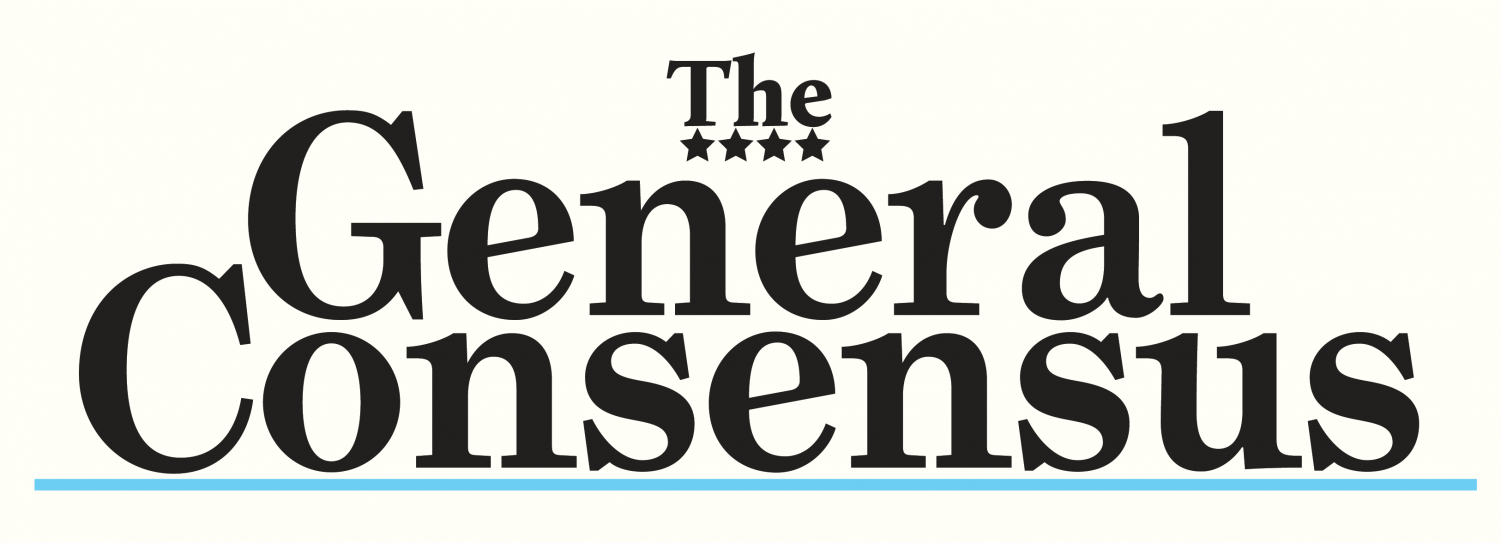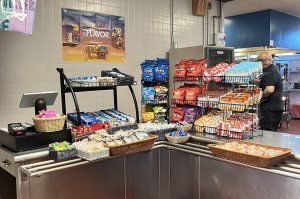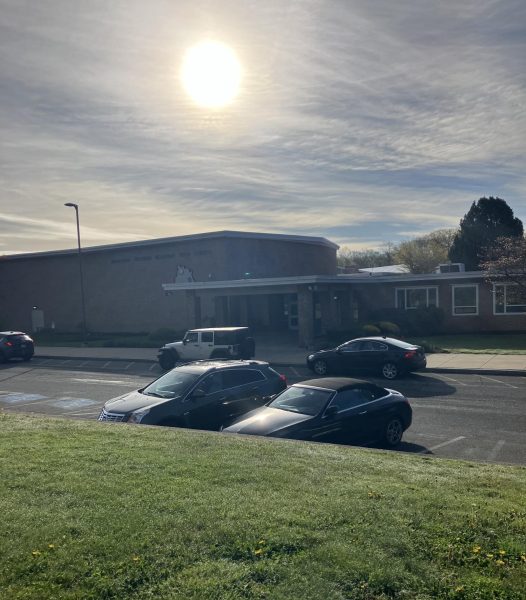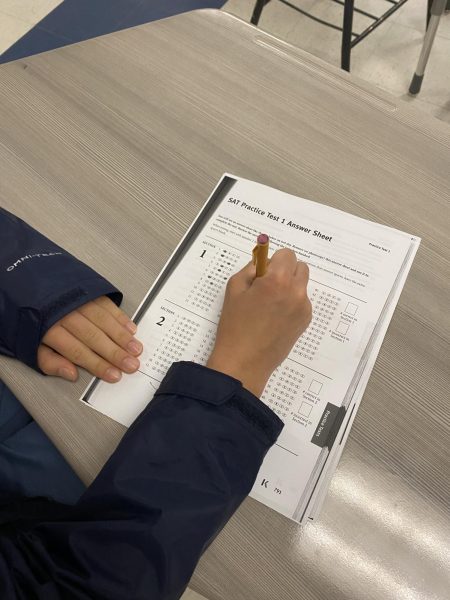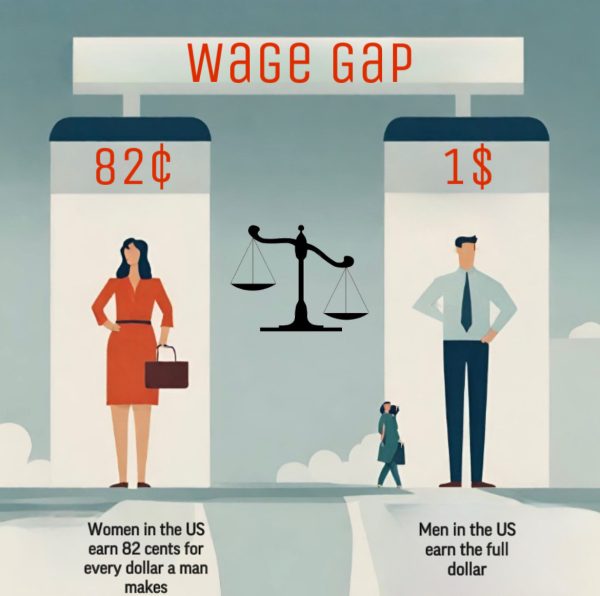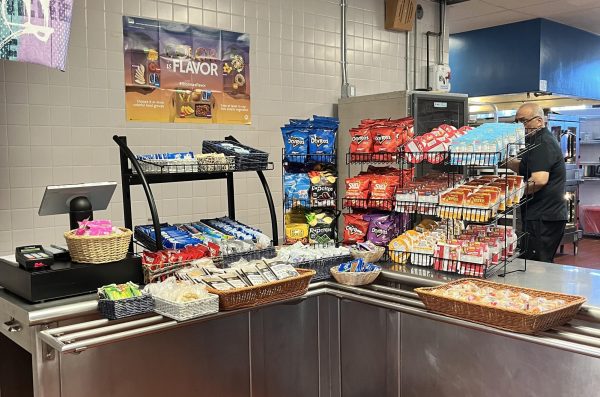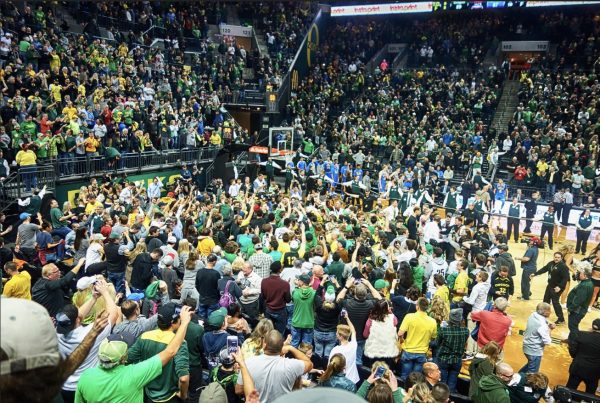A turf war
January 18, 2019
As you visit towns across the North Shore, athletic field quality may not be the first thought on your mind. However, as a year round athlete it’s on mine. If perchance you happen across a perfectly kept field, it is most likely synthetic grass. Almost every athlete is aware of the debate between turf and grass. You may even have your own preference. During every season and every time of day turf fields have proved themselves practical, and this article will tell you why HWRHS would benefit from the safety and profit of a turf field.
Varsity athletes of HWRHS can be found almost constantly on the game field during fall and spring seasons. As they cross the field on game day, they walk organized and proud but with their head downs. Their eyes analyzing their every step so as not to slip in the quick sinking mud created by last weeks rain or twist an ankle in a deep hole emerging from the unknown. Our school field may be called grass, but with the New England weather conditions combined wit hard working athletes, it has become not much more than a mud pit filled with random and dangerous craters.
When you picture playing on a grass field you may see Fenway Park’s perfectly maintained grass: trimmed lawn, bright green grass, and a comfortably soft texture. Our “grass” field pales in comparison. By no fault or lack of effort by the school of course, overuse has led to horrible conditions. This is an important reason why we must advocate as a community for a turf field. Turf fields are always intact, regardless of weather or amount of use.
The girls varsity soccer team had five canceled games this year due to trying to save what is left of field conditions. Unlike grass, turf fields do not become slippery or ruined during rain or New England weather. On the topic of rain, water itself presents another problem. Every summer in town you may witness the “WATER BAN” signs, but do you ever think further about the consequences this may have on our own high school playing field?
This brings me to my third argument: money. To upkeep a playing field, requires constant maintenance. If you can imagine your own lawn, you know the constant, watering, weeding, and cutting it takes. Now add a larger square footage, constant use, and the need for accurate sports lines. Admittedly the cost of a turf field may originally create a blow to the budget, but in the long run of the turf field will be beneficial and profitable.
Turf fields means renting out space. This has already become profitable in our neighboring town of Ipswich. The cost of a maintaining a grass field is an ongoing expense, whereas after the initial cost of turf it will pay for itself. Turf fields have proved themselves beneficial in high school and professional settings. It is time we bring a turf advantage to the convenience of our home field.
https://sites.duke.edu/wcwp/tournament-guides/world-cup-2015-guide/all-about-that-turf/turf-vs-grass/
http://sportsbyapt.com/advantages-artificial-turf-athletic-fields/
https://www.nytimes.com/2015/12/30/sports/football/concussion-report-highlights-field-maintenance.html
https://cdn.ymaws.com/www.syntheticturfcouncil.org/resource/resmgr/media/benefits_of_synthetic_turf.pdf
https://www.safehealthyplayingfields.org/injuries-grass-vs-synthetic-turf/
https://www.livescience.com/57762-super-bowl-turf-or-grass-fields-injuries.html

